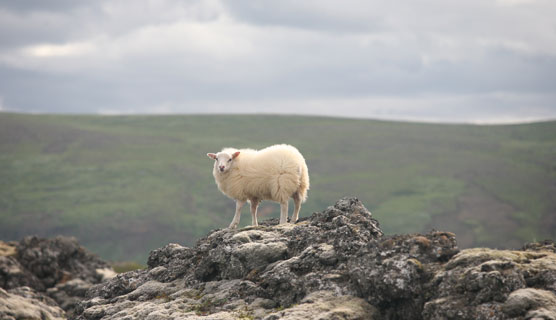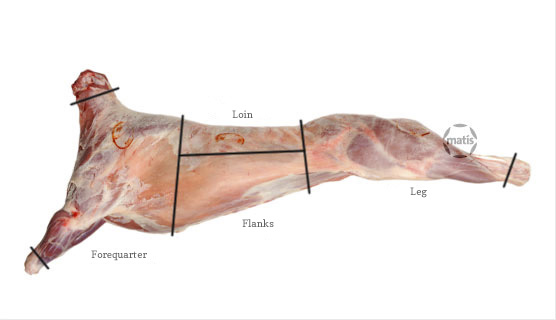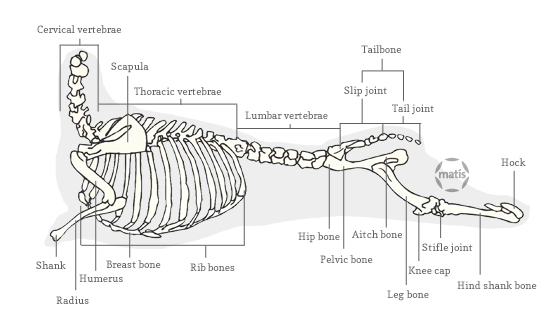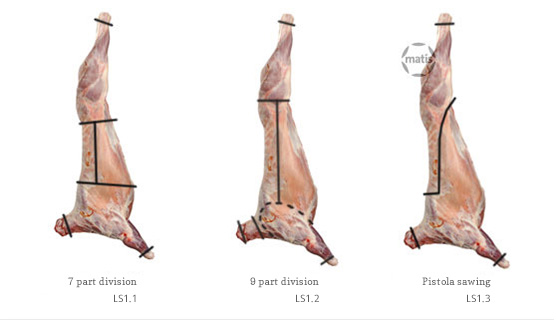Lamb

| 2013 | 2014 | |
| Produced Ā (t) | 9892 | 10100 |
| Domestic sale Ā (t) | 6623 | 6588 |
| Export Ā (t) | 2793 | 3441 |
| Ā |
Domestic sheep have been reared in Iceland since the time of early Norse settlement.Ā Sheep have many good qualities as a domestic animal and provide a range of useful products, especially to societies living in difficult environments. Muscle, fat, some organs and the milk can all be consumed while the wool is spun into a strong yarn to make clothes, blankets and more. Historically, and still today in some societies, the bones, horns, tendons and intestines have all had various uses.Ā Many societies are still highly dependent on farming sheep. In industrialised societies breeding has further changed sheep breeds to meet modern needs and increase the yield of the most valuable products. In Iceland the meat and, to a lesser extent, wool are the most important.



